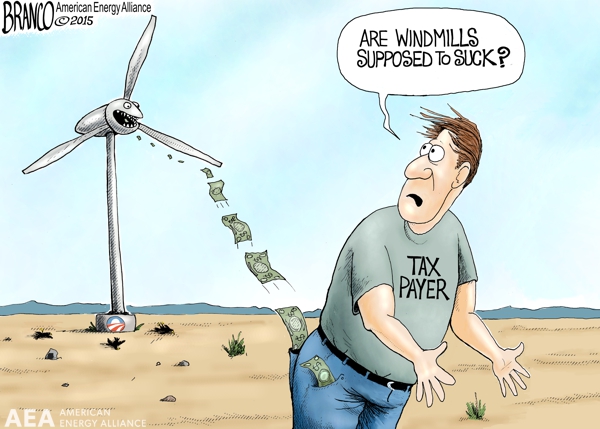Randy Simmons, professor of political economy at Utah State University, recently co-authored an article with Strata Policy Analyst Megan Hansen that sheds light on the true, hidden cost of wind power. Simmons and Hansen find that the enormous amount of federal subsidies and grants given to wind power every year make it hard for Americans to understand just how much they’re paying for such an inefficient, costly resource. An excerpt from their findings follows:
The high costs of federal subsidies and state mandates for wind power have not paid off for the American public. According to the Mercatus Center at George Mason University, wind energy receives a higher percentage of federal subsidies than any other type of energy while generating a very small percentage of the nation’s electricity.
In 2010 the wind energy sector received 42 percent of total federal subsidies while producing only 2 percent of the nation’s total electricity. By comparison, coal receives 10 percent of all subsidies and generates 45 percent and nuclear is about even at about 20 percent.
Wind gobbles up the largest share of subsidies yet produces little power.
But policymakers at the federal and state level, unfortunately, have decided that the American people will have renewable energy, no matter how high the costs. As a result, taxpayers will be stuck paying the cost of subsidies to wealthy wind producers.
Meanwhile, electricity consumers will be forced to purchase the more expensive power that results from state-level mandates for renewable energy production. Although such policies may be well intended, the real results will be limited freedom, reduced prosperity and an increasingly unreliable power supply.
You can read the rest of Simmons and Hansen’s piece here.
